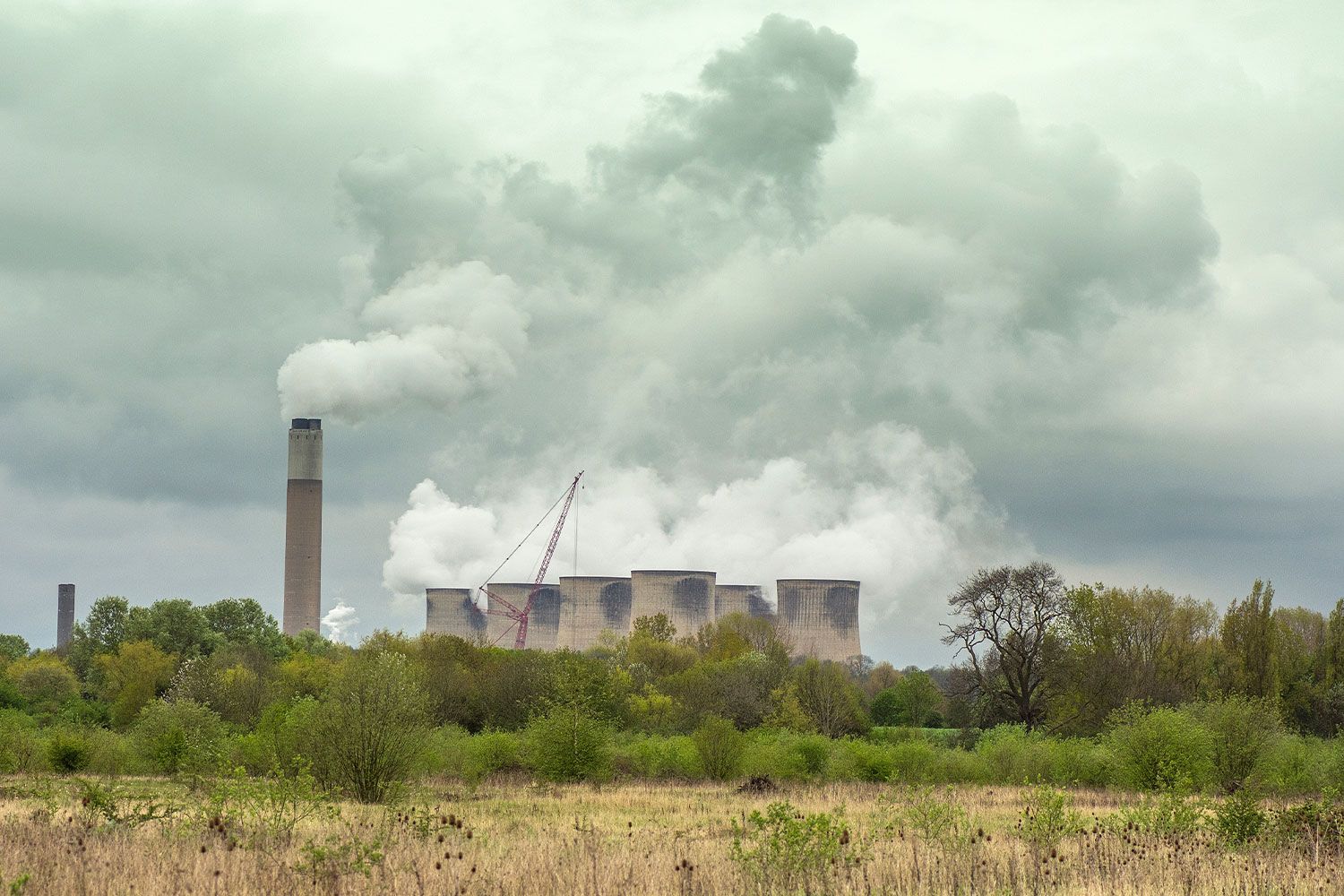Air Quality in Ireland – Update on pollution hotspots & compliance with international standards
Recent studies on Ireland’s air quality reveal a mixed performance in meeting international air quality standards.
While Ireland generally has good air quality compared to many European countries, pockets of non-compliance exist, particularly in areas affected by residential solid fuel burning, traffic emissions, and agricultural activities. Pollutants that occur as a result of this include:
Particulate Matter (PM2.5 and PM10): Levels of PM2.5, a pollutant linked to health issues such as cardiovascular and respiratory diseases, exceed the World Health Organization (WHO) guideline limits in some urban and rural areas, particularly during winter months when solid fuels are heavily used for heating.
Nitrogen Dioxide (NO2): Concentrations of NO2, primarily from road traffic, exceed EU annual limit values in certain urban centres, including Dublin.
Ozone (O3): While ozone levels are generally within EU thresholds, occasional exceedances of WHO guideline levels have been reported, especially during heatwaves.
Sulphur Dioxide (SO2) and Carbon Monoxide (CO): These pollutants remain within legal limits set by the EU and WHO, attributed to reduced industrial emissions and the shift away from high sulphur fuels.
The Role of the EPA in Monitoring Air Quality
The Environmental Protection Agency (EPA) plays a pivotal role in monitoring and managing Ireland’s air quality. Its primary responsibilities include:
Air Quality Monitoring: The EPA operates the National Ambient Air Quality Monitoring Programme, which includes a network of over 100 monitoring stations across the country. These stations provide real-time data on key pollutants, ensuring timely detection of air quality issues.
Reporting and Public Information: The EPA publishes annual reports on air quality, detailing compliance with EU and WHO standards. It also provides real-time air quality data through the Air Quality Index for Health (AQIH), enabling the public to make informed decisions about their activities.
Enforcement and Policy Support: The EPA advises policymakers on measures to improve air quality, such as phasing out smoky fuels and promoting clean energy. It also enforces regulations under the Air Pollution Act 1987 and EU directives.
Ireland's Legal Obligations to Ensure Compliance
Ireland is legally bound to adhere to air quality standards set by both the European Union and the World Health Organization:
EU Standards: o Directive 2008/50/EC on Ambient Air Quality and Cleaner Air for Europe: This directive sets binding limits on pollutants, including PM10, PM2.5, NO2, O3, and SO2. Member states must establish air quality plans to address areas of non-compliance.
National Emission Reduction Commitments Directive (2016/2284/EU): This directive requires Ireland to reduce national emissions of major pollutants, including ammonia and nitrogen oxides, by specific percentages by 2030.
WHO Guidelines: WHO’s air quality guidelines, though non-binding, are recognized as the global benchmark for public health.
Legal Remedies for Non-Compliance
Failure to comply with air quality standards exposes Ireland to various legal remedies and enforcement mechanisms:
1. EU Infringement Proceedings: The European Commission can initiate infringement proceedings against Ireland for failing to meet EU air quality standards. This process can lead to referrals to the Court of Justice of the European Union (CJEU), which may impose significant fines until compliance is achieved.
2. Domestic Legal Action: Individuals and non-governmental organizations can bring legal challenges under the Irish Constitution or the Air Pollution Act 1987, seeking enforcement of air quality standards or remedies for harm caused by non-compliance.
3. Public Participation and Accountability: Ireland is a party to the Aarhus Convention, which guarantees public access to information, participation in decision-making, and access to justice in environmental matters. This enables citizens and advocacy groups to demand greater transparency and accountability from authorities.
A recent academic study from DCU identified 10 air pollution hotspots. Unsurprisingly, the areas identified were largely in built up urban areas with higher levels of fossil fuel use and traffic.
The study serves as a timely reminder of the need for robust environmental policies to ensure safe levels of air quality are maintained. In urban settings it is particularly important for the Government to be innovative and forward thinking in their approach and to draw on positive lessons from other jurisdictions. For example, Amsterdam serves as an example of how to strike the balance between urban development and air quality. They have expanded infrastructure for electric vehicles substantially and have prioritised public transit and cycling infrastructure in high pollution areas.
While Ireland has made significant strides in improving air quality, challenges remain in meeting EU and WHO standards. The EPA’s monitoring and enforcement efforts, coupled with Ireland’s legal obligations, underscore the importance of vigorous air quality management. Addressing gaps in compliance will require a combination of policy reforms, public engagement, and adherence to international best practices to ensure cleaner air and healthier communities.

